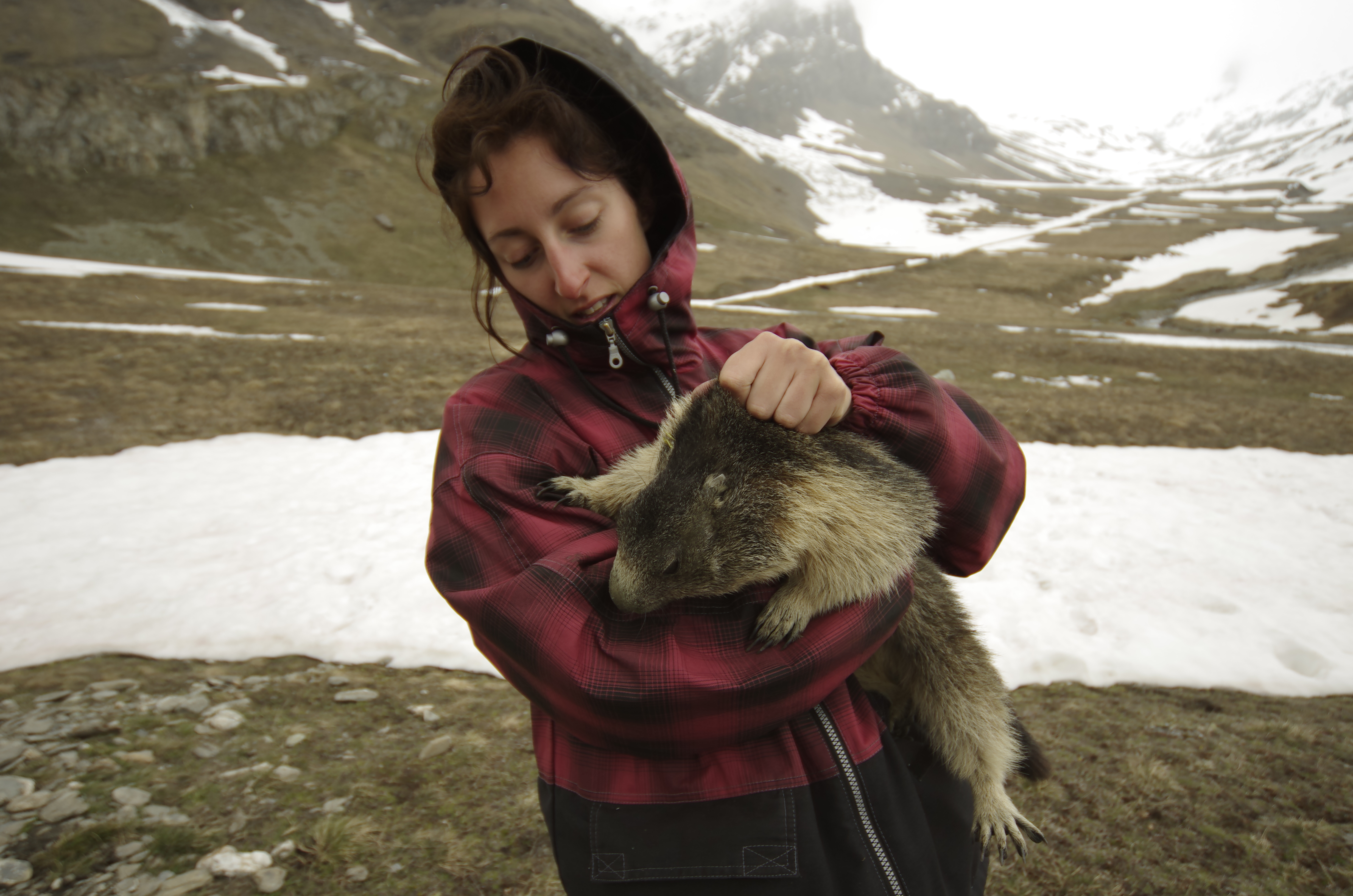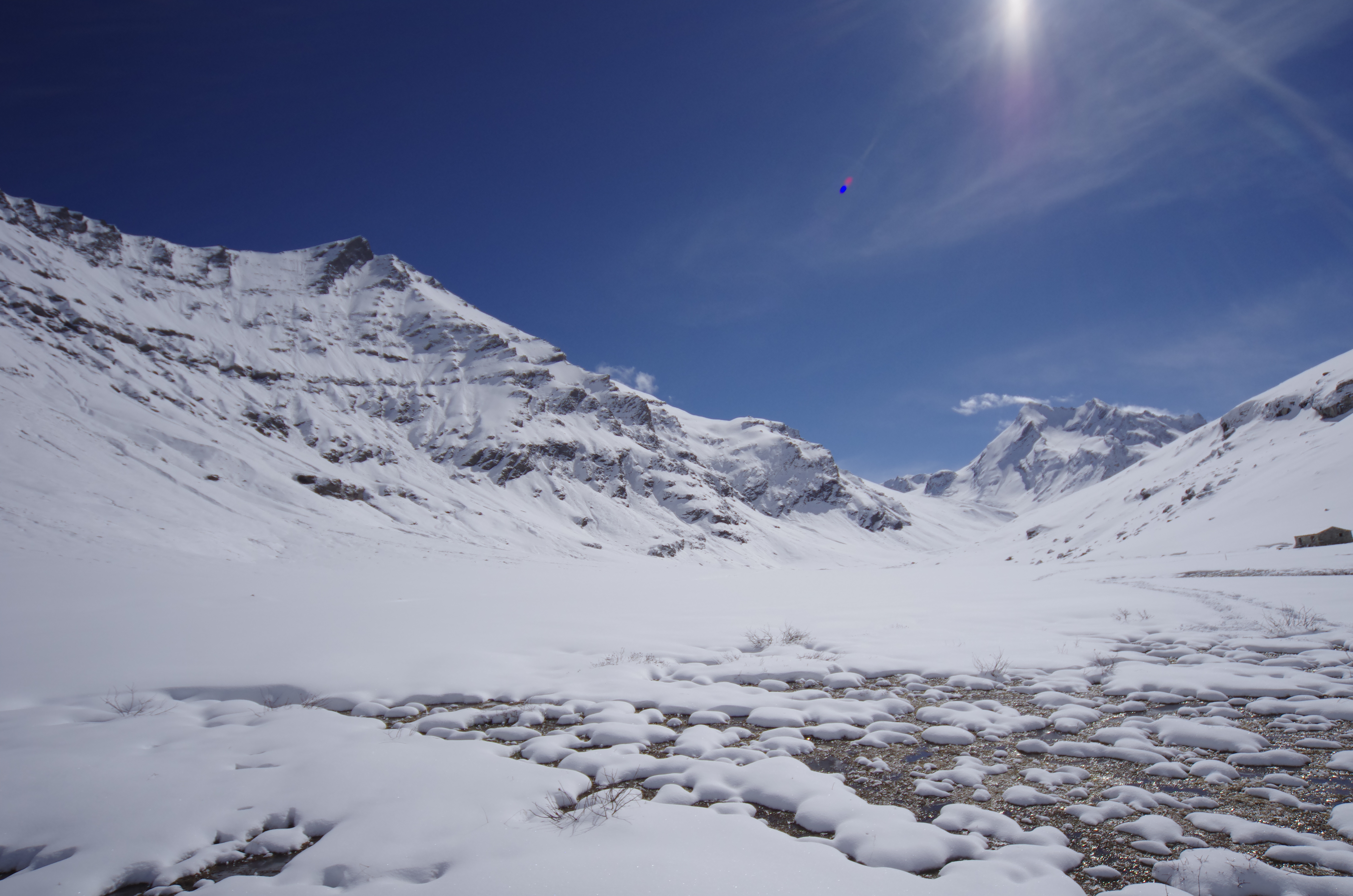If this picture makes you think that it is a holiday place, it is not… This is the nature reserve of La Grande Sassière (45 ° 29′N, 6 ° 58′E), located in the Alps where I spent the last two months starting our project on alpine marmots. The field season started the 15th of May in the snow and ended on the 13th of July under the sun. Weather conditions were especially harsh this year as we worked under the snow until mid-June. I developed an experimental design to understand the physiological mechanisms that drive life history processes and, consequently, population dynamics.
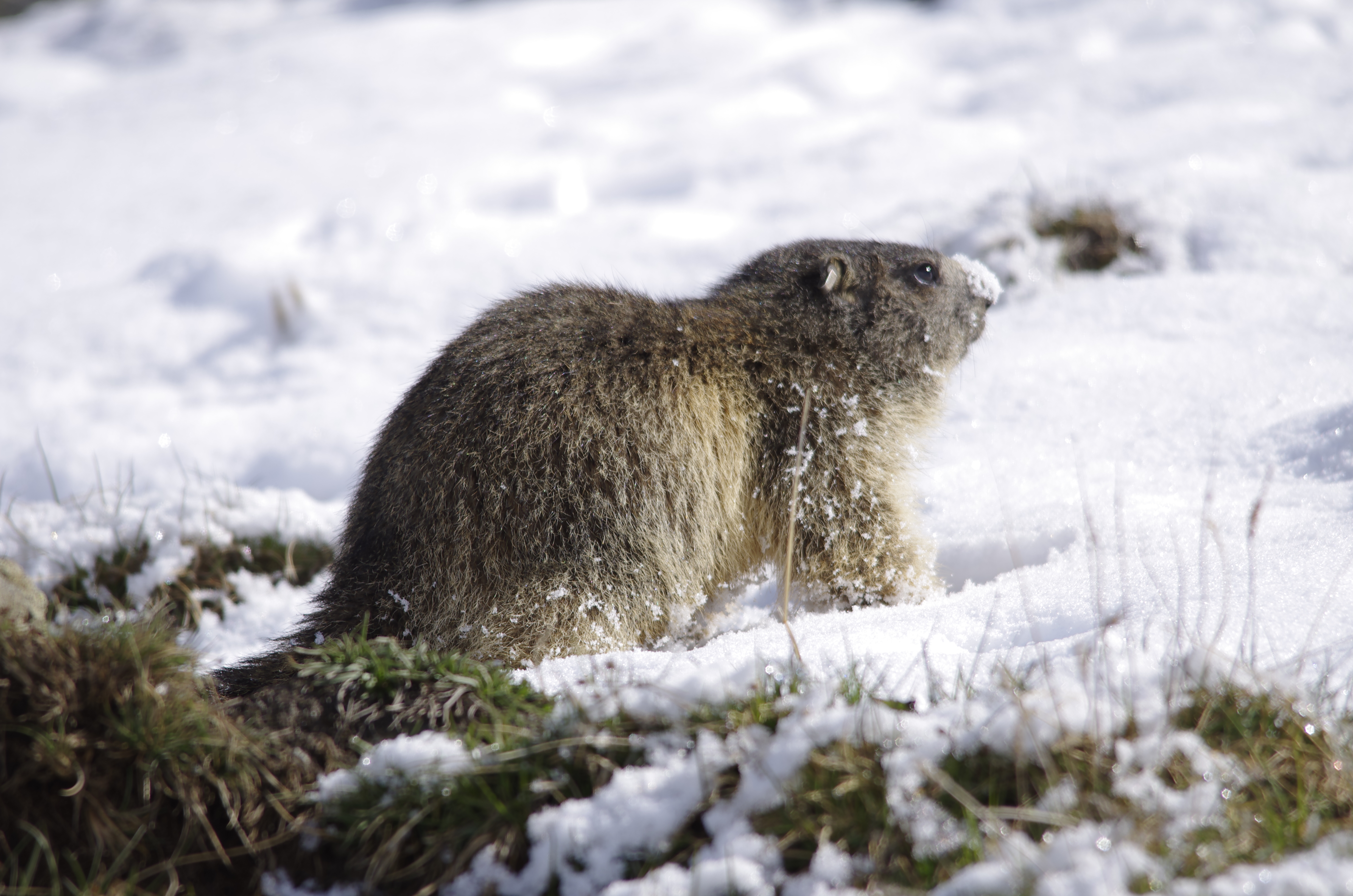
Hibernation plays a central role in the life history of the marmot. Overwinter survival, available fat reserves at emergence, and reproductive success the following spring are mediated by energetic expenditure during the hibernation period. To understand the link between winter conditions and subsequent changes in demographic rates I will determine hibernation pattern changes in juveniles, yearlings and dominants.To answer this question, I worked on 45 individuals belonging to 8 different families (territories S to Z on the territory map).
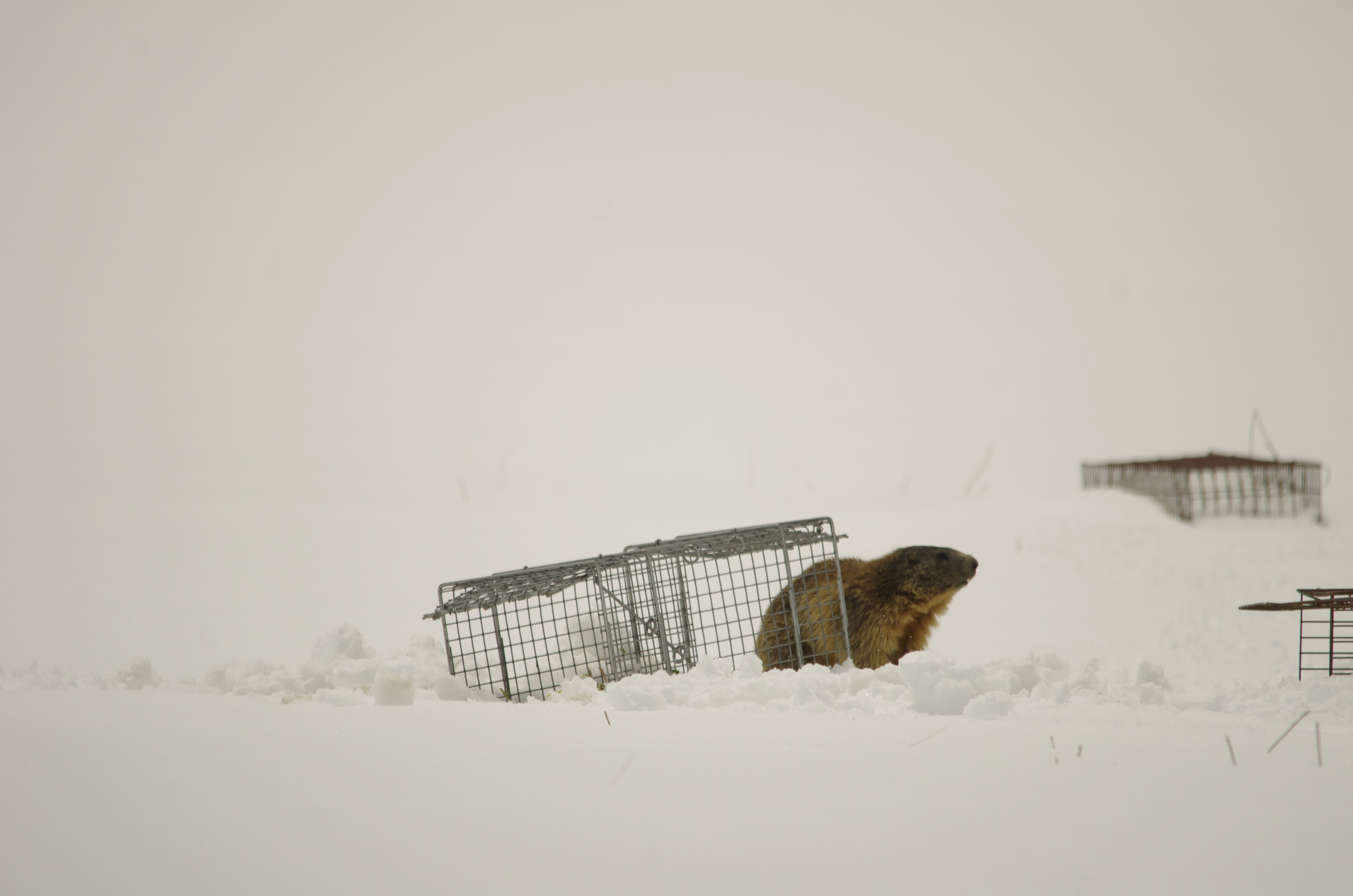
Once captured, individuals are tagged, sexed and weighed. Several biometric variables are also measured such as the total length of the marmot, the width of the front and back paws, the width of the jaw, the size of the head at the cheek bone, and the width of the pelvis. DNA samples are also taken to determine family structure. In order to recognize the socio-spatial structure of each of the family groups studied, the territory and the composition of family groups was determined by behavioral observations.
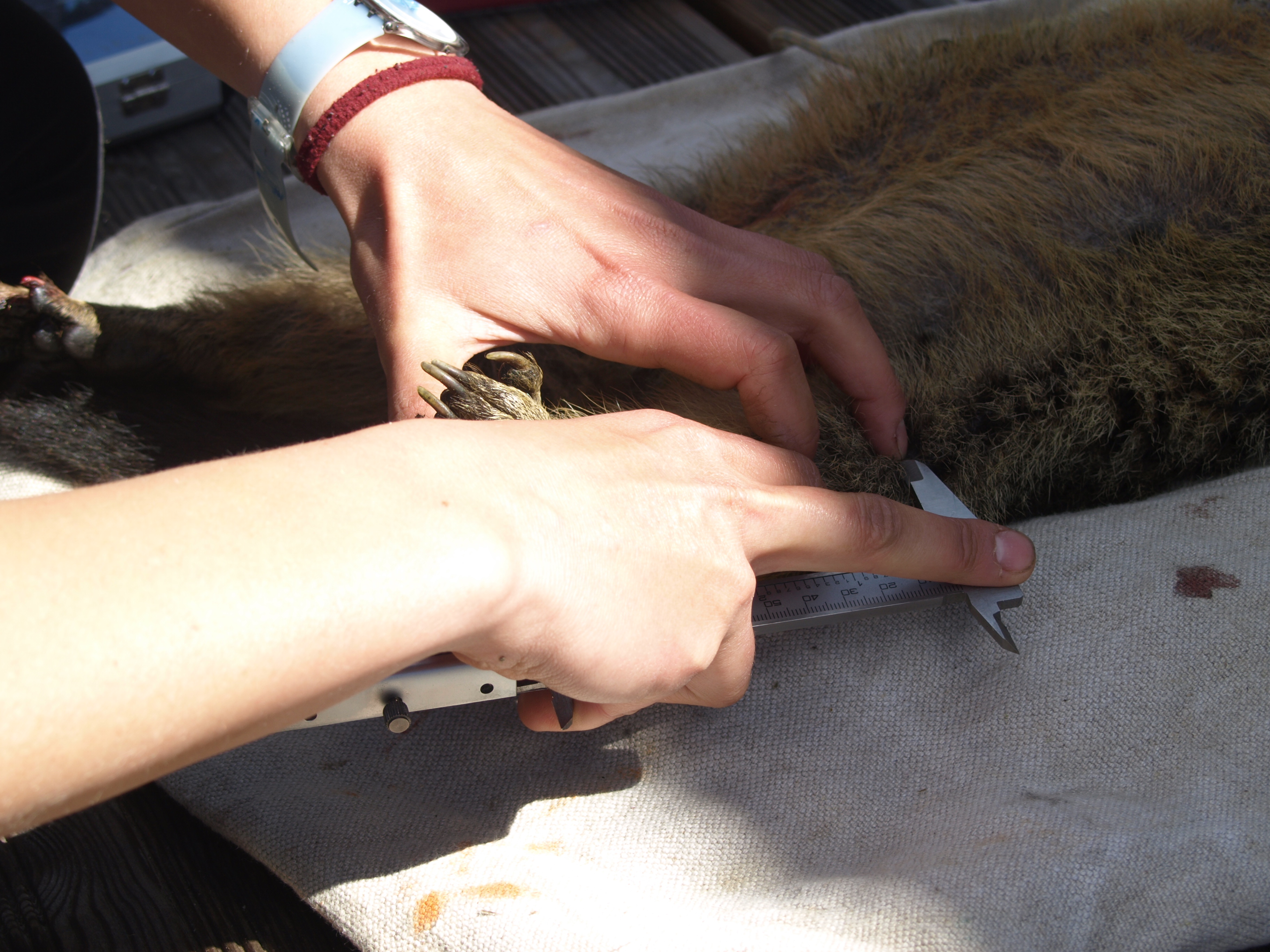
To determine hibernation patterns, 33 individuals (9 juveniles, 9 yearlings, 15 dominants) have been equipped with a small logger to record their body temperature. I was really stressed until the end as pups emerged later this year than the previous years. The first one emerged the 26th of June instead of the 15th. Juveniles of two of my families emerged on the 11th of July so 2 days before the departure ;-/. Ambient temperature of the main burrow of each family is also currently recorded by loggers.
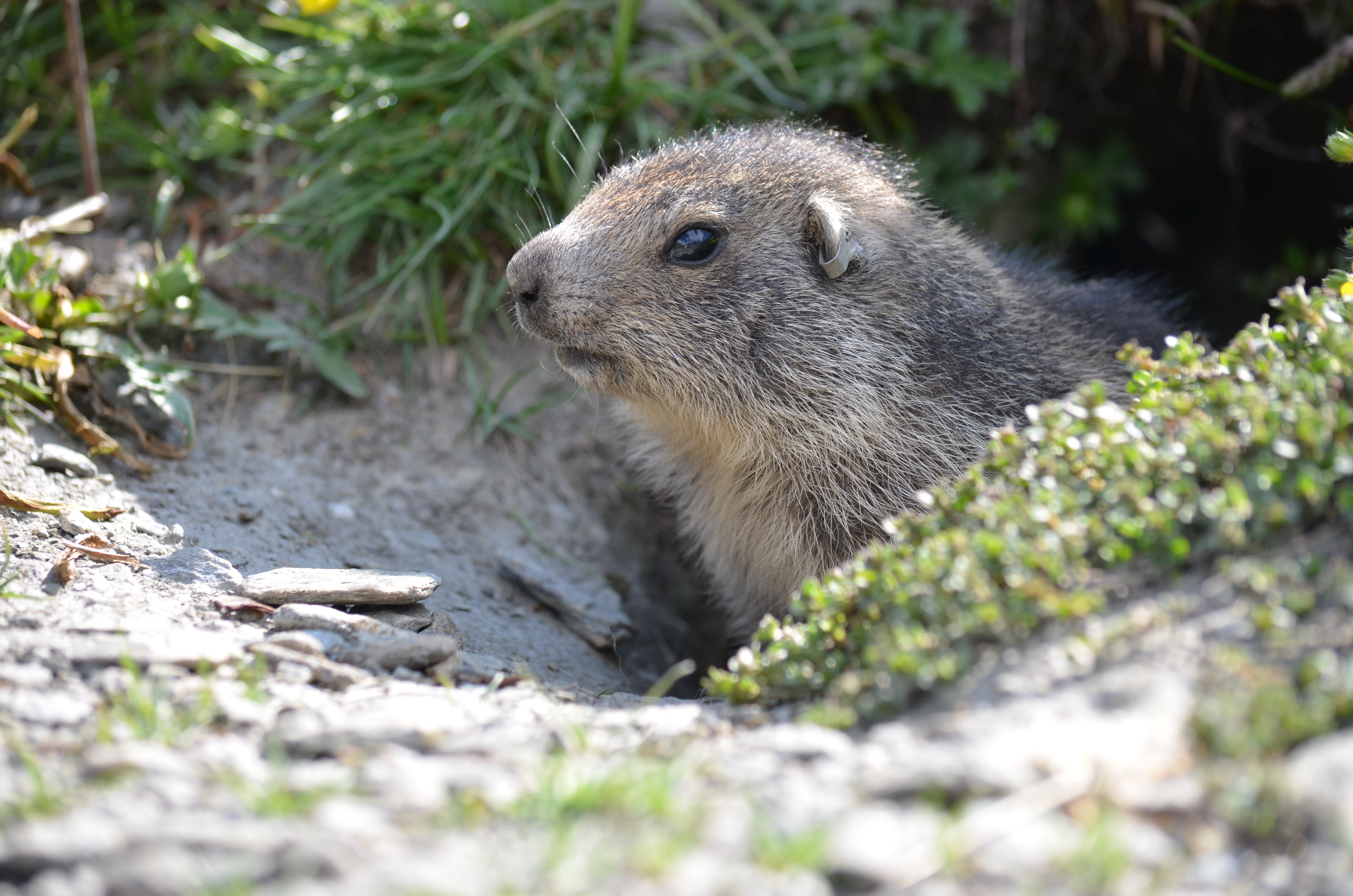
I am now back in Zürich, and I can’t wait to go back next year to retrieve the loggers and obtain exciting data from the hibernation period.